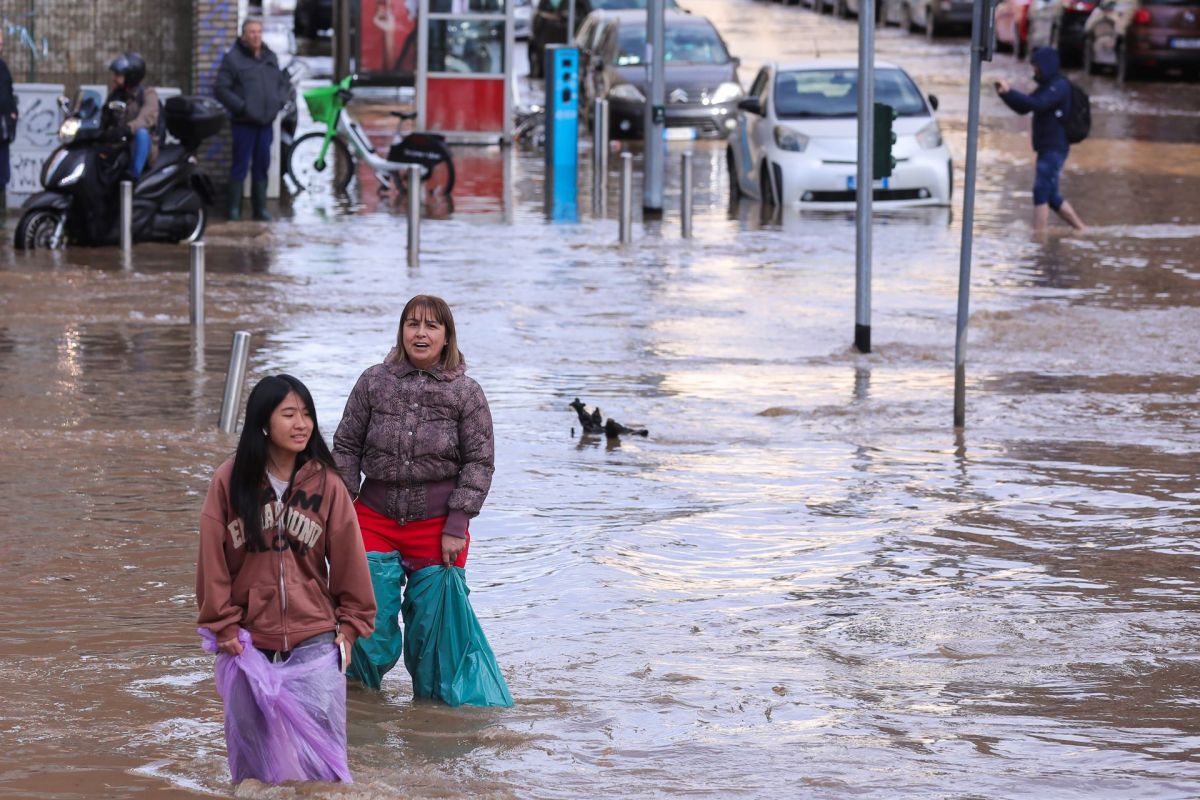A major storm that hit Italy in the early hours of October 31 brought strong winds and floodwaters to central Milan, the famed Lake Como, and the Seveso River — and the problems aren't ending any time soon.
What's happening?
CNN reported the heavy rain in the region has caused a lot of property damage, including transportation centers in Milan and waterside bars at Lake Como that are frequented by tourists. Meanwhile, roof tiles and scaffolding were blown down or pushed out by the floodwaters.
Milan isn't the only area impacted by these storms. The president of Tuscany, Eugenio Giani, also reported that over 10 inches of rain fell within a single day, causing trees to fall and landslides to occur across the countryside. Meanwhile, in Venice, strong winds blowing up the Adriatic Sea (combined with a lunar phase) caused one of the highest local tides on record at 61 inches.
Why is the storm important?
Italy is especially prone to flooding because of its geography. It's mostly surrounded by the Mediterranean Sea, which has experienced warming temperatures that increase the severity of storms, as CNN reported. The country is also at a high risk of landslides because of its valleys and mountainous regions. In May, the Emilia-Romagna region was hit with what's typically six months' worth of rain in under 36 hours, per the Guardian.
Even a small rise in average monthly temperatures can result in a warmer atmosphere that can hold more moisture, leading to more intense rainfall. As ClimateSignals.org wrote, "just as a bigger bucket can hold and dump more water, a warmer atmosphere can hold more water vapor and therefore dump more water when it rains."
The timing for this storm and historic flooding is poor. Nearly eight million Italians are expected to travel during the first week of November. And in a region that is very dependent on tourism income to support its livelihood, storms are dangerous to the local economy.
What's being done to stop the flooding?
Venice was particularly lucky with this storm because of a system of MOSE floodgates — 78 barriers between the Adriatic Sea and the city lagoon system to prevent flooding. This system is estimated to have prevented the flooding of up to 70% of the city's buildings.
It's a powerful case for building more flood infrastructure in a rapidly warming climate and investing in technologies that allow scientists to predict where flooding will occur.
Join our free newsletter for cool news and cool tips that make it easy to help yourself while helping the planet.









